"Beautiful as flowers, elegant as the streams, powerful as the Sun"— Old Kozzakhi proverb used for describing this costume
Sukienka (сукенка, literally
dress) is the name of one of the traditional costumes that can be found in
Moskova. It is a female outfit that used to be worn for
ceremonial purposes in the Kozzakhi community.
Its design is more intricated than the casual female Kozzakhi fashion.
Design
Pieces
The outfit is composed by several pieces:
- The main one is a long two layer dress, usually the external one is made of silk while the inner one is made of cotton. Both layers are sewed to each other in the top of the dress and waist, but in the skirt they are able to move independiently. The dress got delicate and intricate designs on its fabric. It is tightened at the waist by a long lace/belt. The dress's sleeves are very long and are wide on their extremes.
- Below the dress, the top body is covered by a collared shirt made of cotton and decorated with embroidery, like the one that's usually worn in the casual outfit. Also, the bottom body got covered by middle long pants below the dress' skirt.
- Over the dress, there goes a small waistcoat decorated in a similar way to the dress, matching its color as well.
- The shoes usually worn are winter boots or leather boots, depending on the weather.
- Women can wear a long military style woolen or fur coat over the costume.
- The hairdresses are similar to the normal hat worn by Kozzakhi women, which is a hat attached to a veil made of velvet or tulle. The few differences towards the casual hat is are basically the colors (the ceremonial hats can vary more in colors and get patterns matching with the dress' designg, contrasting to the single colored fur hats) and the length of the veil (the ceremonial veil is way longer than the normal veil).

by Gege16
Materials used and their functionality
The materials used for manufacturing the costume aren't chosed randomly.
Cotton is used because it is a soft fabric, easy to obtain thanks to commerce. Cotton, combined with fur and wool provides a thermal protection against the rough cold of Moskova's winter.
Silk, although it is imported from abroad and can be more expensive than other fabrics is chosen because of its delicate appeal, its soft texture and its shine.
Variations
Patterns
The most common patterns on the clothes used for this outfit can be divided in several types and them are worn depending on the occasion:

by Gege16 using PicsArt
- Floral themed patterns: Those patterns depict stylized flowers and plants. Flowers represent beauty and fertility so floral patterns are mostly worn in nature-themed festivities such as the Spring equinox.
- Abstract patterns: Them mostly depict circles and other geometrical shapes, curved lines and intricate designs. Abstract patterns can be worn by the women of a clan during a wedding and also are the ones worn by unmarried girls during important events.
- Astronomical themed patterns: Them depict stars, suns, moons and related images. Them are worn during events dedicated to the Stars.
Colors
There are different colors available for the costume but them are a distinctive of each Clan/tribe. In most documents, there are twelve original tribes/clans mentioned:
- Dark Green: Vologda Clan.
- Red: Tula Clan.
- Yellow: Thaiki Clan.
- Blue: Ugur Clan.
- Pink: Dague Clan.
- Orange: Timur Clan.
- Purple: Kuban Clan.
- Light blue: Sibirsk Clan.
- Brown: Zharkhov Clan.
- Aqua green: Makhkala Clan.
- Black: Khevzu Clan.
- Light orange "peach": Almatiev Clan.

Sukienka dress color variations by Gege16
The color white does not represent any specific clan, but is reserved for the bride of any clan at her wedding, as white represents, among other things, peace and purity. Another curious point related to the symbolical meaning of the white costume is that, since weddings between members of different clans are well seen, each part of the relationship wearing a white outfit represents the unity of both clans and its colors, because when all the colors from the light spectrum unite, the result is white light.
Historical evolution
The appearance and elements of the Sukienka costume has changed over history according to the women's role in Kozzakhi society as well as the availability of its materials and the contact with other cultures. The oldest records of its existence can be traced down to the seventh century, while it began to be linked to Kozzakhi around the ninth century, when Kozzakhi began to consider themselves a sole ethnicity.
The oldest depictions of this dress show a more conservative design, as the headress is basically a long headscarf which is coiled around the wearer's neck which covers most of her top body. The top of the dress used to cover completely the shirt beneath it.The skirt used to be tighter, making it a costume that could be worn for elegant dancing but not really good for doing activities that required more complex or violent movements such as horse riding or acrobatic dancing. Silk wasn't a material used in the earlier versions of the costume, which was made of wool and cotton, and used to have a more modest look, colored with opaquer and darker tones.
When women began to proggresively have a bigger involvement in activities more associated to men in ceremonies and events, the physiognomy of the costume began to change over the time in order to adapt to the new lifestyle. The pants below the skirt were incorporated and the headscarf decreased its weight and width. The skirt began to be lesser tightened to the body, but it is still being tight at the waist. The top of the dress could begin to be shown without covering, as well as the shirt beneath.
It is believed that the silk,linen, as well as the intricated golden embroidery, was incorporated to the design of the costume thanks to the commercial exchange with other peoples like Khazans. The commercial exchanges also allowed to increase the variety of the pigments used, making the fabric's colors brighter, as well each clan began to define their own color as a trademark. Another addition from surrounding cultures was the vest, one of the most recognizable elements of the costume.
Around the tenth century, women's headdresses became almost identical to men's hats, with the exception of the veil attached to them. In the case of the ceremonial veils, they kept the original length and thanks to the acquired of new kinds of pigments and threads, both veils and hats could get colored fitting the dress' color scheme as well getting new patterns.
"Just look at how the ceremonial dress evolved and you'll understand how our society evolved"— A Kozzakhi Hetman (tribe chief) talking about the role of women
The design of the costume originally got several symbolical meanings related to several topics. Nature has been an inspiration for the vests, as the long sleeves represent the flowing rivers while the long skirt of the dress represents the flowing wind. The golden embroidery symbolizes sunlight, class and strength, while the pattern of the design itself and each color can have different meanings, as it was stated in previous sections of this article.
The Sukienka is also one of the outfits used when depicting the most powerful Stars in their humanoid form in art pieces, craft and books, alongside the Sarafan. Due to this, the costume itself can be considered linked to them, but this connection is stronger when its fabric got an astronomical pattern, specific for rituals and festivals dedicated to those supernatural beings.
The fact that the women can wear the same kind of coat as men over their femenine vests is one of the manners that show that Kozzakhi are a more egalitarian society contrasting to surrounding cultures. Another point related to this is the fact that the dress allows a big variety of movements for its wearer, showing their involvement in many different activities that in most cultures are associated just with men, such as acrobatical horseriding.

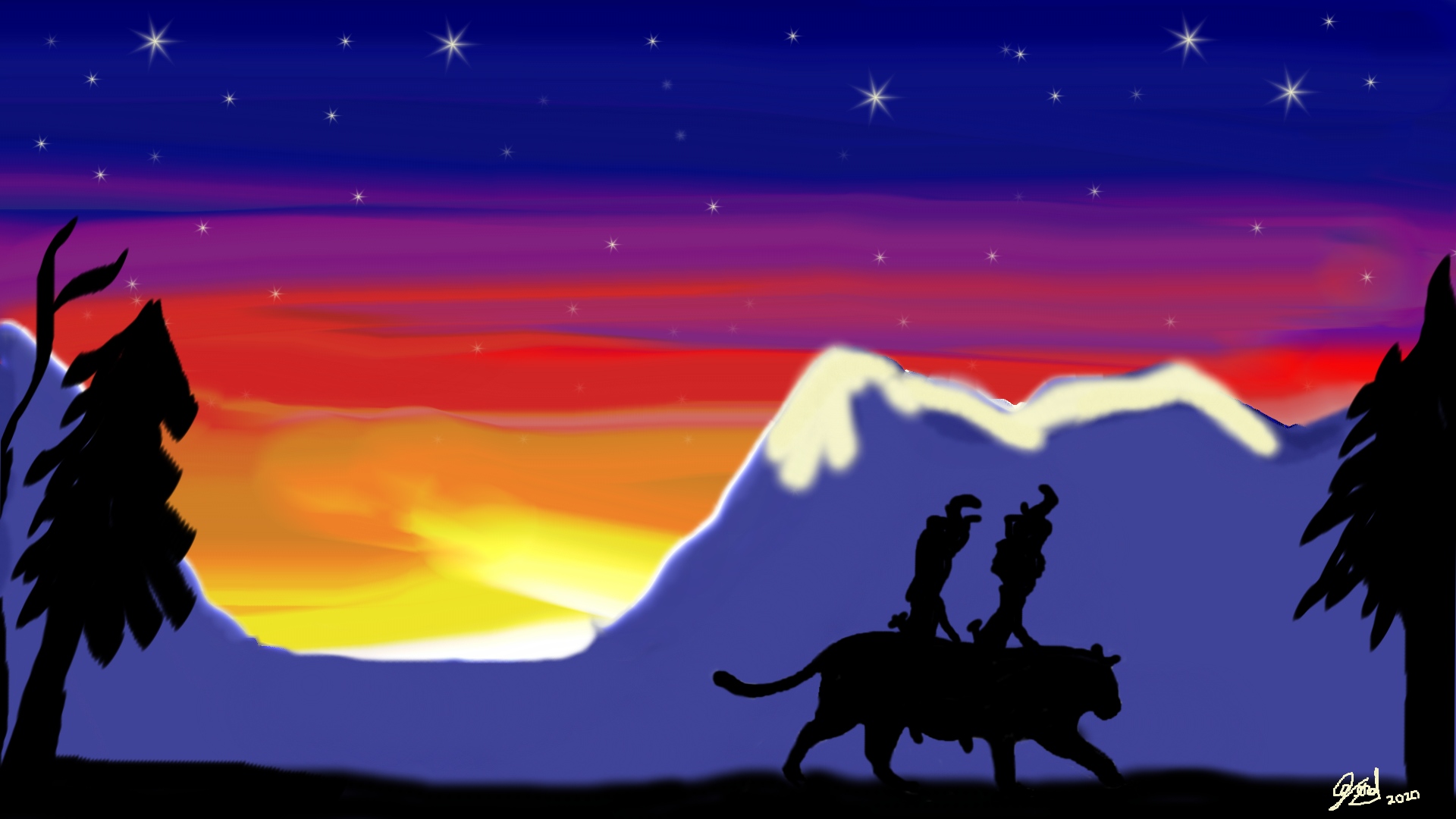







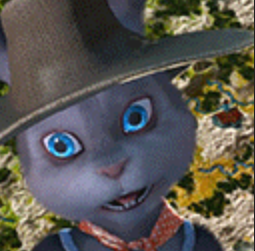
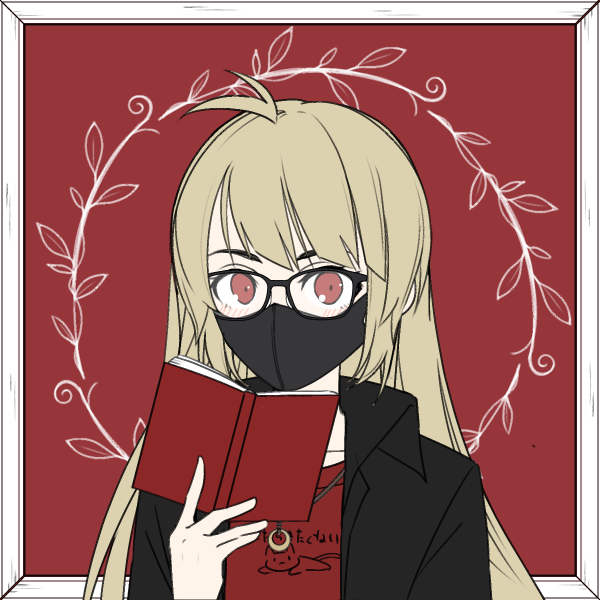




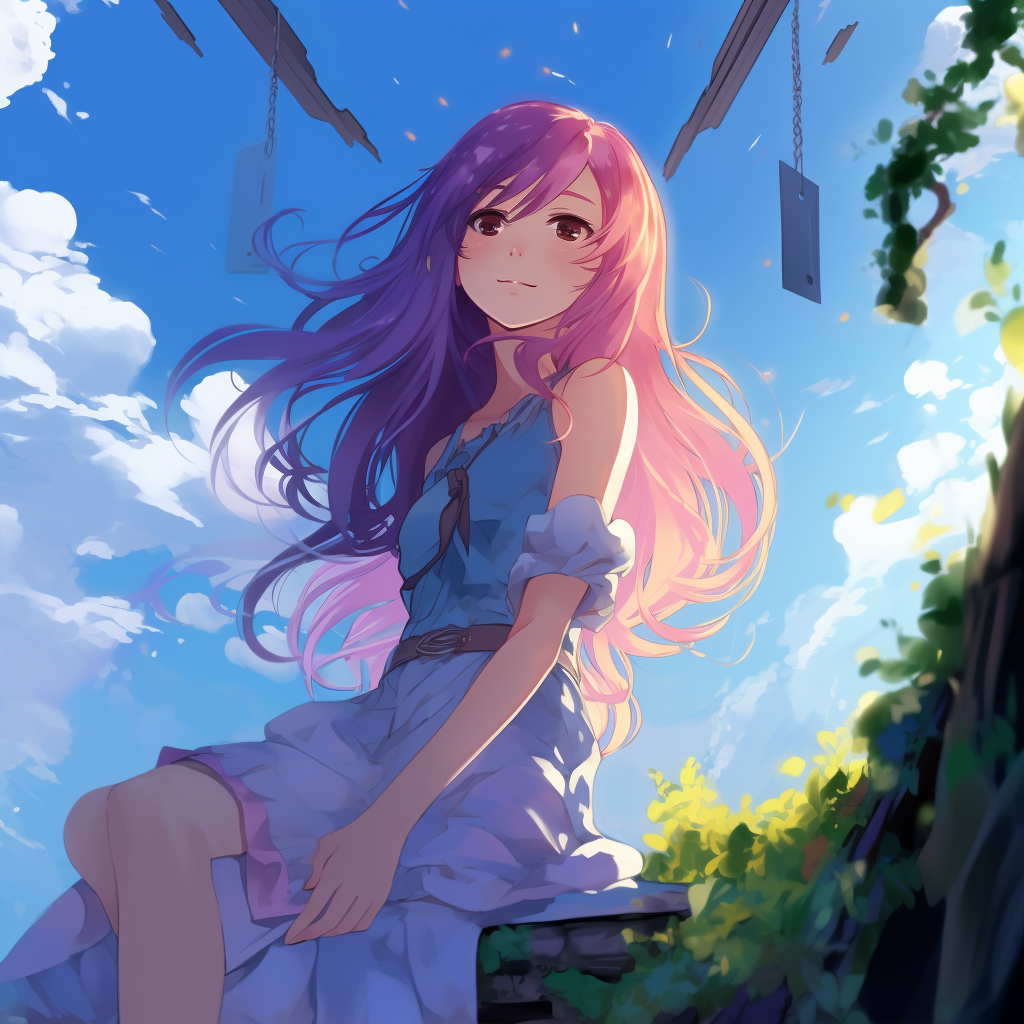

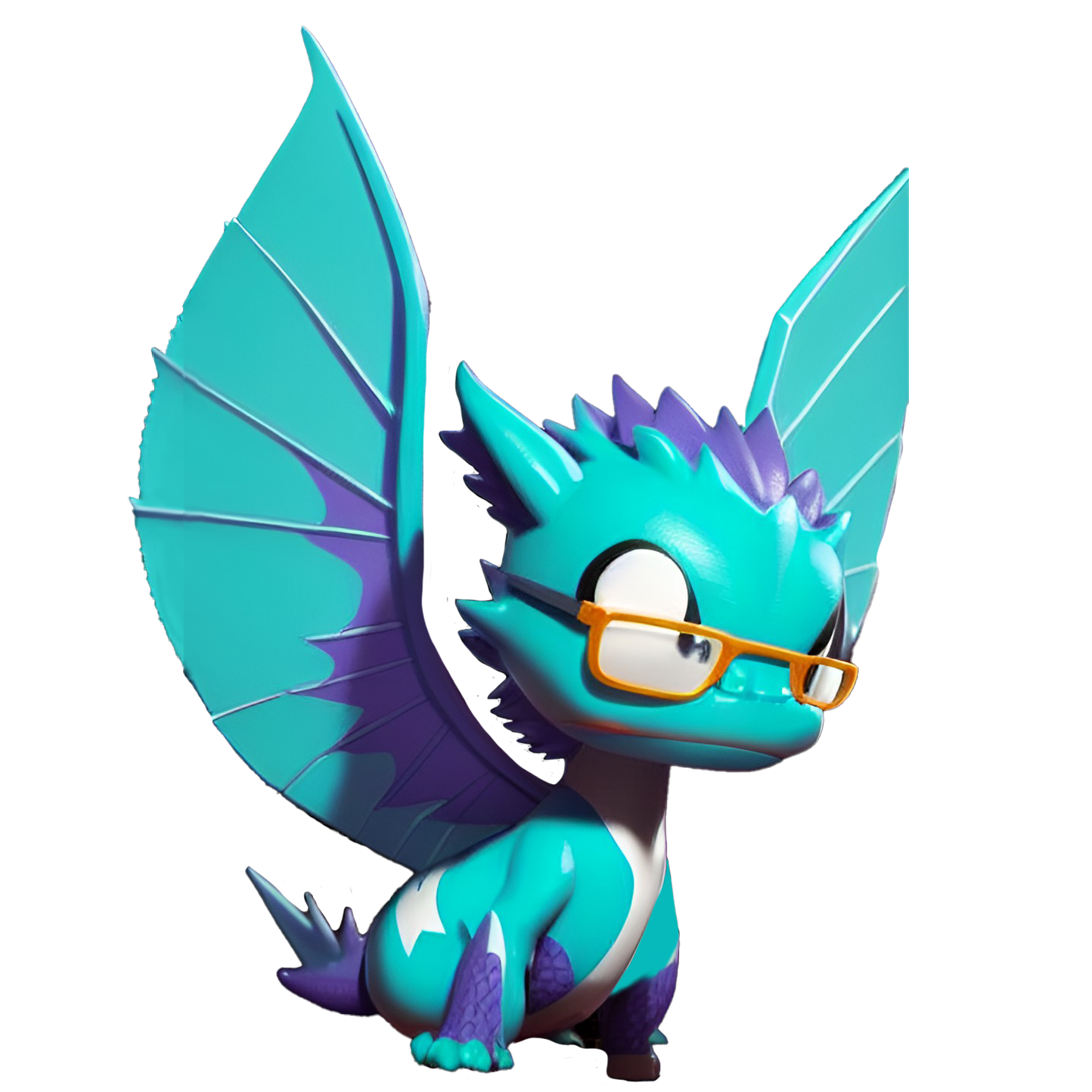
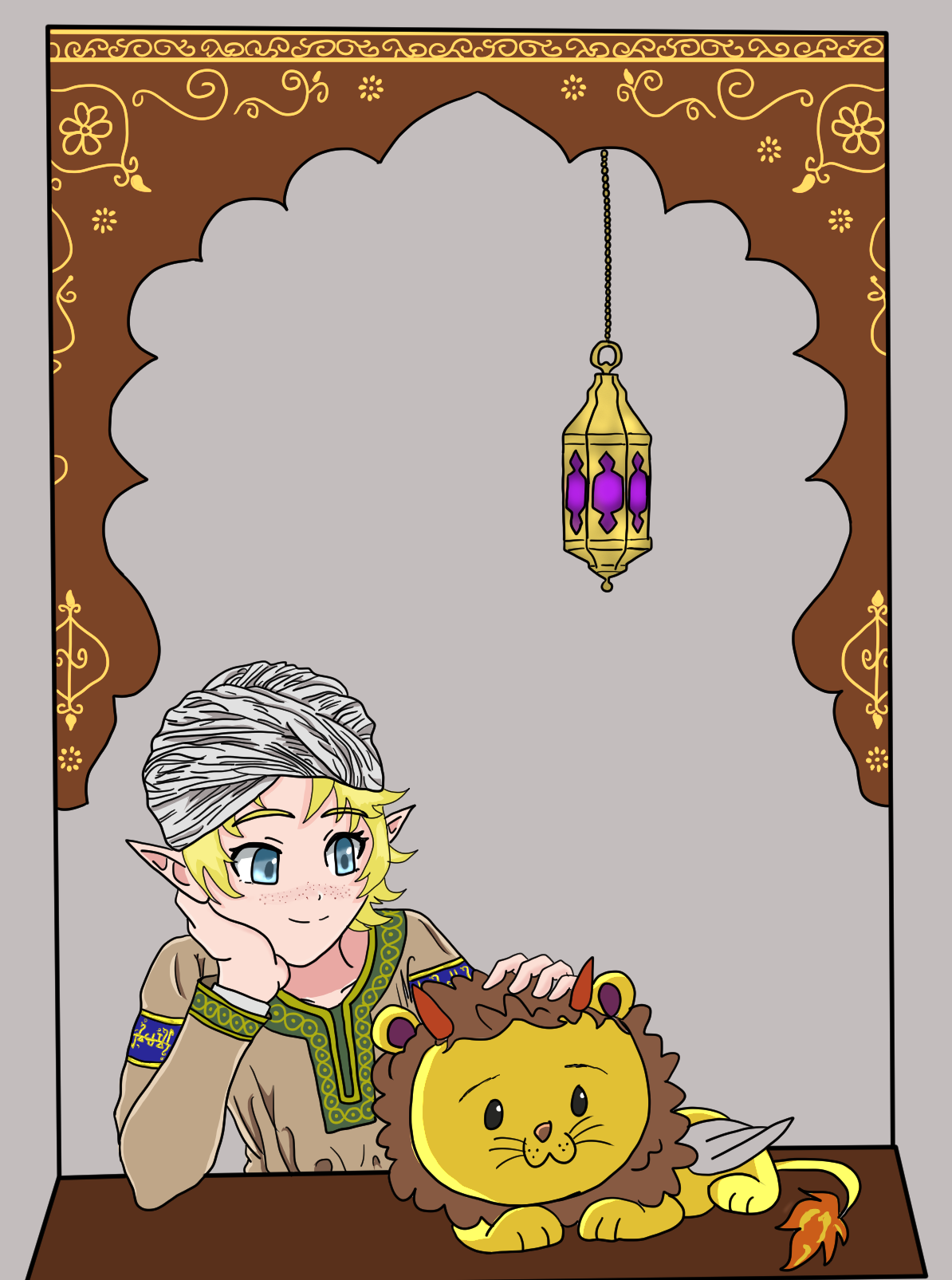
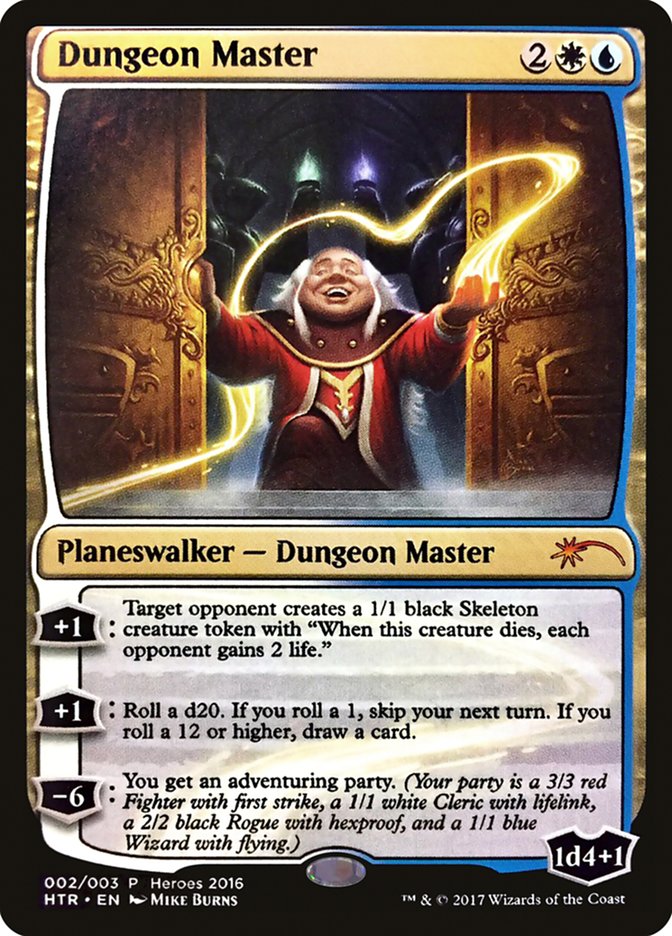
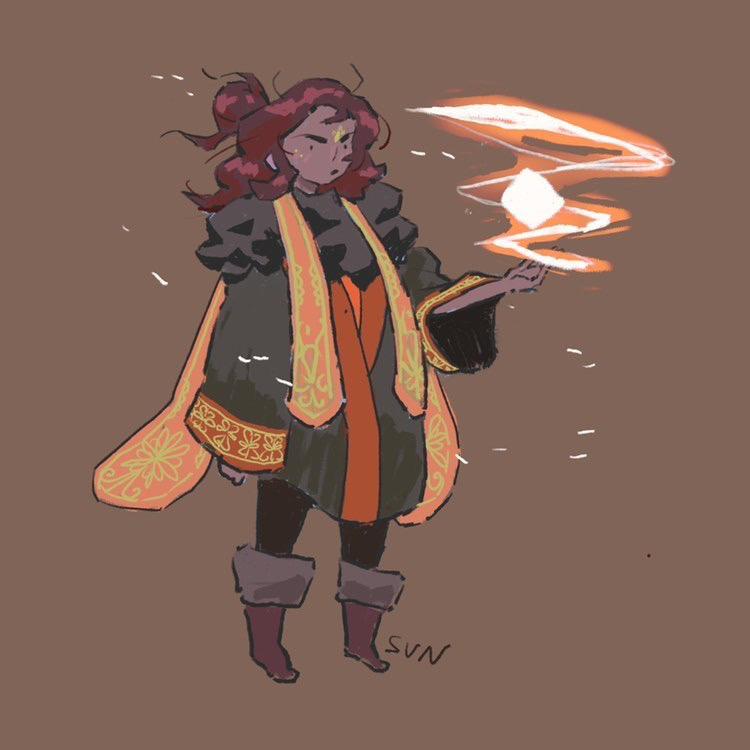

I enjoyed reading this article thoroughly! I always love stories and worlds where women have a bit more freedom than is usually allotted to them in the past of our own world. So great job!
Thank you so much for reading! I'm appreciate you like it! ♡ And I agree, I like a lot it as well, so always try to add that twist to my work :D